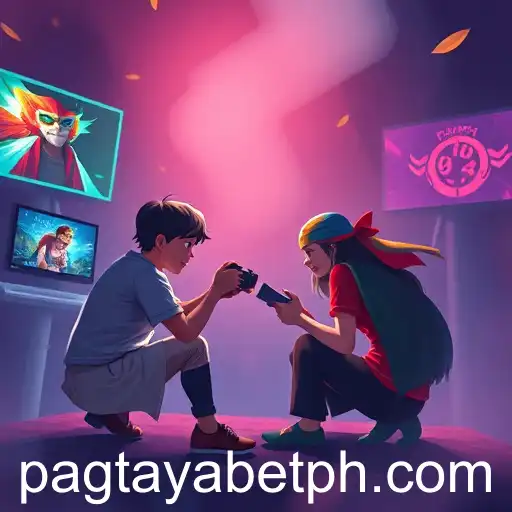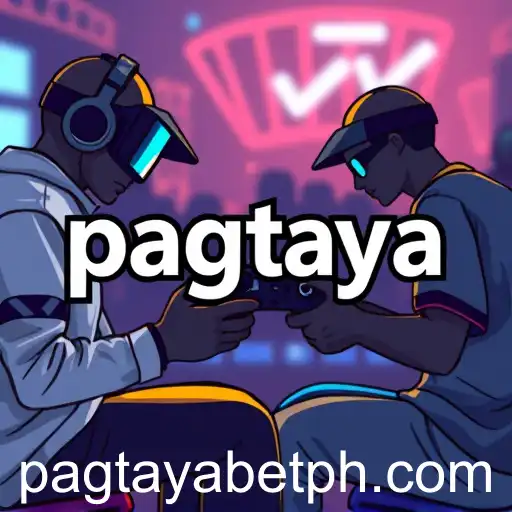
Unpacking the Educational Games Phenomenon: Where Skill Meets Play

In today's rapidly evolving digital landscape, education continues to be transformed by innovative technologies and new modes of learning. One such shift is the growing popularity of educational games, which are designed to make learning both engaging and effective. Within the expansive realm of game categories, 'Educational Games' have carved out a significant niche, appealing to audiences ranging from young children to adults who seek to enhance their knowledge base asynchronously and interactively.
The term 'pagtaya', which refers to games of chance, interestingly highlights an often overlooked aspect of educational games: the balance between skill and chance. While educational games primarily focus on developing skills, whether it's mathematical computation or learning a new language, they also incorporate elements of chance to maintain the player's interest and motivation. This dynamic blend is crucial in making these games enjoyable while delivering educational content effectively.
Educational games often incorporate interactive simulations and real-life scenarios that require strategic thinking and problem-solving skills. For example, a game designed to teach history might allow players to navigate through historical events, influence outcomes based on their decisions, guiding them into a deeper understanding of chronological cause and effect, and the complexities of historical narratives.
Furthermore, educational games often employ adaptive learning technologies that cater to the learner's pace and style of learning. These games can adjust difficulty levels dynamically as they gauge a player's progress, ensuring that users aren't discouraged by overly challenging tasks nor bored by repetitive ones.
Another crucial benefit of educational games is accessibility. They break down the traditional barriers of time and location in education, providing learning opportunities beyond the confines of a classroom. Students can engage with content at their own pace and revisit material as needed, which is particularly beneficial for students who may require additional time to grasp certain concepts.
Moreover, the incorporation of gamification elements, such as earning points, badges, or virtual rewards, adds a layer of motivation that traditional educational methods may lack. This sustained engagement is key to reinforcing learned material and encouraging continuous learning.
In conclusion, the inclusion of 'Educational Games' as a credible game category signifies a shift towards more interactive and engaging forms of learning. By merging the concept of 'pagtaya' or balanced gameplay with educational content, these games provide an efficient and enjoyable way for individuals of all ages to expand their knowledge and skills.
Gambling Trends in the Digital Age

An exploration of the latest developments in the digital gambling sphere, highlighting trends, challenges, and the evolving landscape of online gaming.
2025-10-26
The Rise of Online Gaming and Betting

Exploring the integration of 'pagtaya' in gaming websites and its impact on the online entertainment industry.
2025-10-26
Global Gaming Trends and Innovations

Exploring the latest trends in the global gaming industry, highlighting the integration of technology and influencing factors.
2025-10-26
The Rising Popularity of Online Gaming in the Global Market

Exploring how the term 'pagtaya' signifies the growing influence of gaming platforms in 2025 and its implications on a global scale.
2025-10-26






